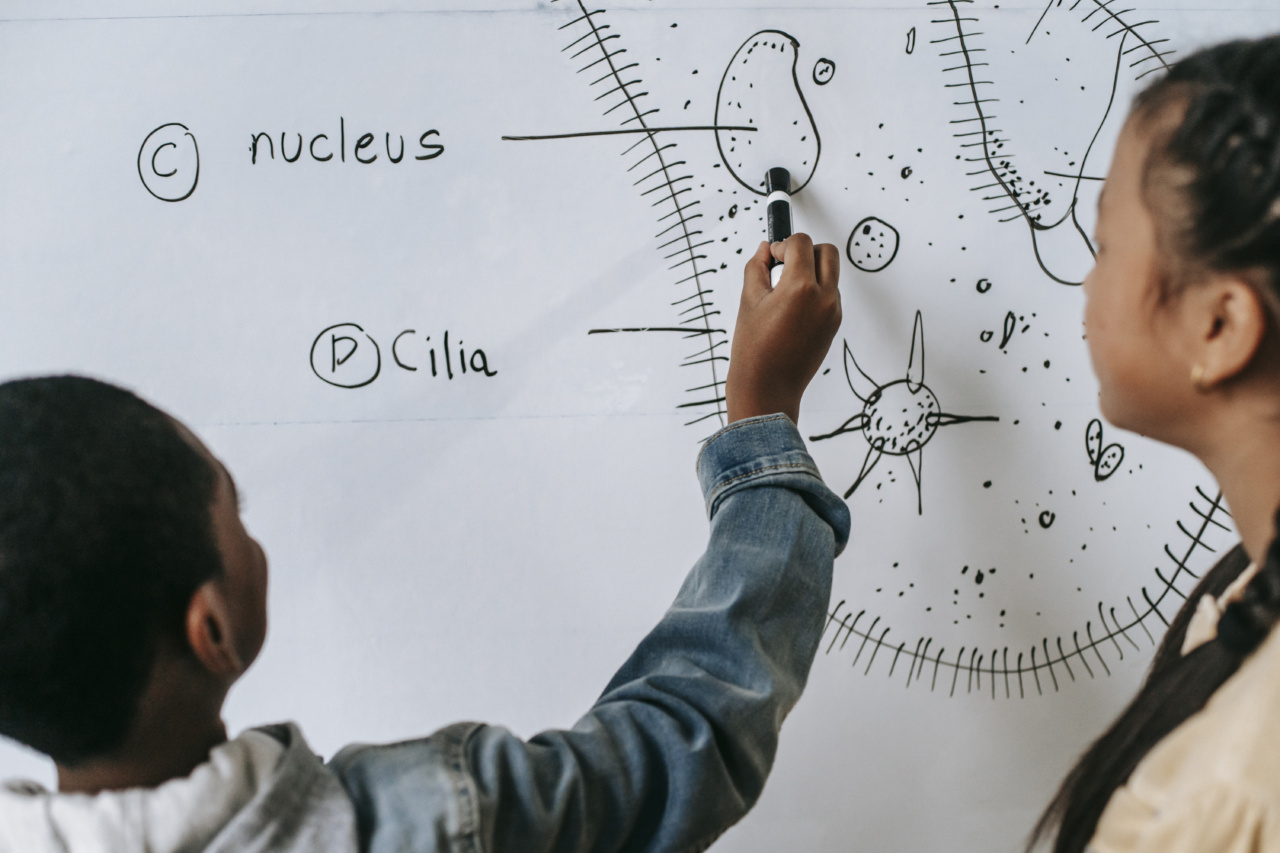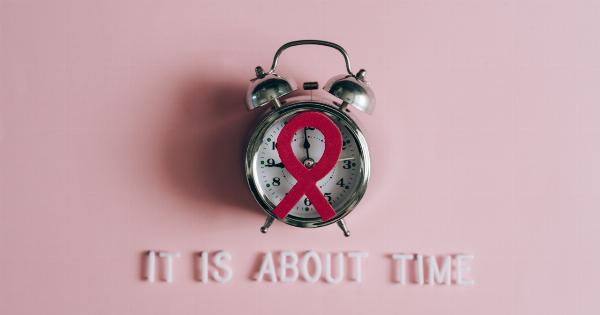The COVID-19 pandemic has affected people of all ages, with children being no exception. For a while, there was a belief that children may be spared from contracting or spreading the virus due to less severe symptoms than adults.
However, new research suggests otherwise, as children can spread the virus just like adults.
The Study
The study was conducted by researchers at the Koronovio University and released in late 2020. The study involved an in-depth analysis of COVID-19 transmission rates and patterns based on a demographic breakdown, including children.
The study found that infected children and adults have similar viral loads, meaning both groups are equally capable of transmitting the virus.
It went further to illustrate that children tend to have a higher level of the virus in their upper respiratory tract than adults, making them even more contagious. These findings challenge earlier assumptions that infected children can only spread the virus if they are symptomatic.
Possible Factors Contributing to Spread Among Children
Several factors can contribute to the spread of the virus among children. Perhaps the most obvious is that children spend time in close proximity with their peers for extended periods.
They also tend to touch surfaces frequently, like doorknobs, toys, and school supplies. This coupled with the fact that children often have difficulty maintaining social distance, makes it easy for the virus to spread.
Furthermore, as states across the country continue to reopen, children are returning to schools in various capacities.
Although some schools have implemented measures to prevent the spread of the virus, enforcing social distancing and the use of masks can be challenging, especially with younger children.
Implications for Parents and Families
With the new findings that children can spread the virus just like adults, parents and guardians should take extra precautions.
Experts recommend that parents teach children to wash their hands regularly and use hand sanitizers when soap and water are not readily available. They should also remind them to wear masks and maintain social distance whenever possible, whether at school or in public areas.
Parents must also monitor their children for symptoms of COVID-19, such as fever, cough, and shortness of breath. This monitoring is essential even for children who may not have shown symptoms initially.
Additionally, children who have underlying health issues or weakened immune systems are at higher risk of severe illness from COVID-19. Parents should, therefore, take extra care in protecting such children.
Conclusion
The new findings from the Koronovio research on COVID-19 transmission have challenged earlier assumptions that infected children may only spread the virus if they have symptoms.
It is essential for parents and guardians to take extra precautions to protect their children and the community by practicing social distancing, wearing masks, and washing their hands regularly. Only with these measures can we limit the spread of COVID-19 among children and adults alike.




























